Jürgen Schmidt
Procrustes registration of two-dimensional statistical shape models without correspondences
Nov 27, 2019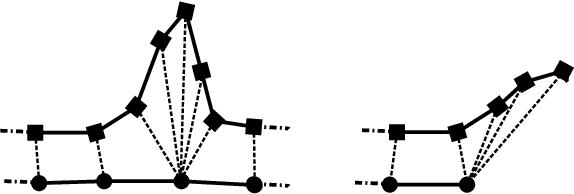
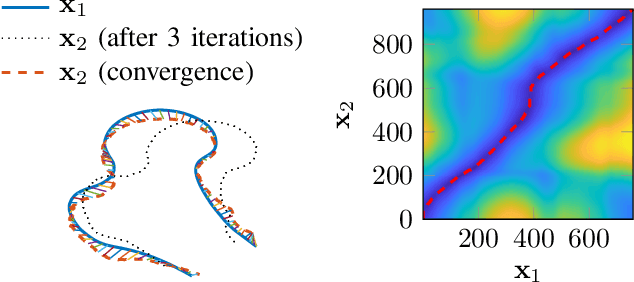

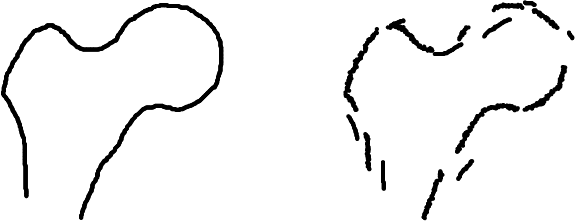
Abstract:Statistical shape models are a useful tool in image processing and computer vision. A Procrustres registration of the contours of the same shape is typically perform to align the training samples to learn the statistical shape model. A Procrustes registration between two contours with known correspondences is straightforward. However, these correspondences are not generally available. Manually placed landmarks are often used for correspondence in the design of statistical shape models. However, determining manual landmarks on the contours is time-consuming and often error-prone. One solution to simultaneously find correspondence and registration is the Iterative Closest Point (ICP) algorithm. However, ICP requires an initial position of the contours that is close to registration, and it is not robust against outliers. We propose a new strategy, based on Dynamic Time Warping, that efficiently solves the Procrustes registration problem without correspondences. We study the registration performance in a collection of different shape data sets and show that our technique outperforms competing techniques based on the ICP approach. Our strategy is applied to an ensemble of contours of the same shape as an extension of the generalized Procrustes analysis accounting for a lack of correspondence.
Deep Morphing: Detecting bone structures in fluoroscopic X-ray images with prior knowledge
Aug 09, 2018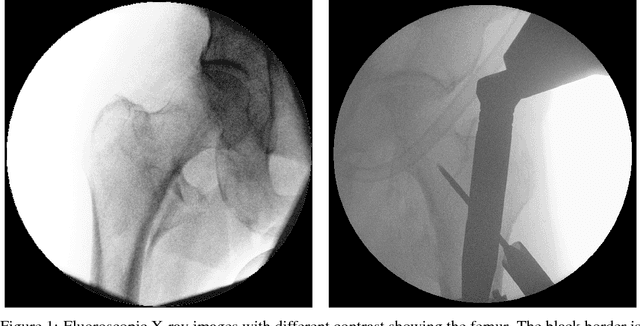

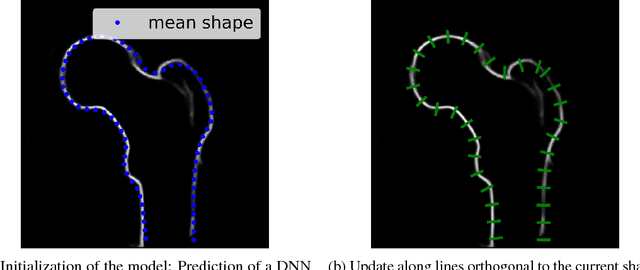
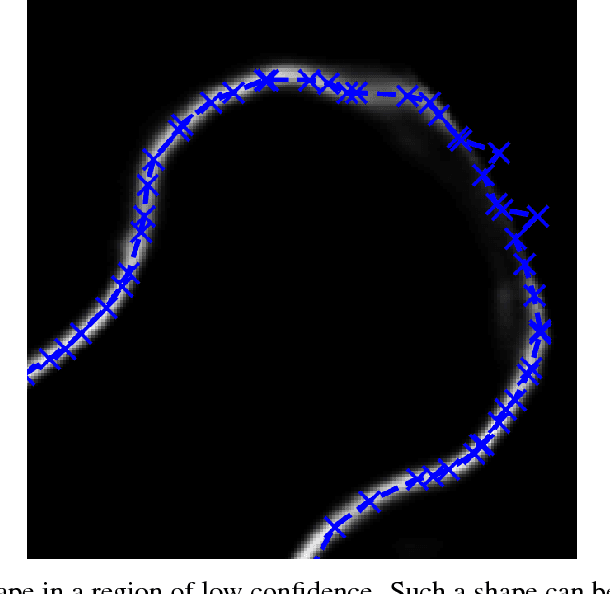
Abstract:We propose approaches based on deep learning to localize objects in images when only a small training dataset is available and the images have low quality. That applies to many problems in medical image processing, and in particular to the analysis of fluoroscopic (low-dose) X-ray images, where the images have low contrast. We solve the problem by incorporating high-level information about the objects, which could be a simple geometrical model, like a circular outline, or a more complex statistical model. A simple geometrical representation can sufficiently describe some objects and only requires minimal labeling. Statistical shape models can be used to represent more complex objects. We propose computationally efficient two-stage approaches, which we call deep morphing, for both representations by fitting the representation to the output of a deep segmentation network.
 Add to Chrome
Add to Chrome Add to Firefox
Add to Firefox Add to Edge
Add to Edge